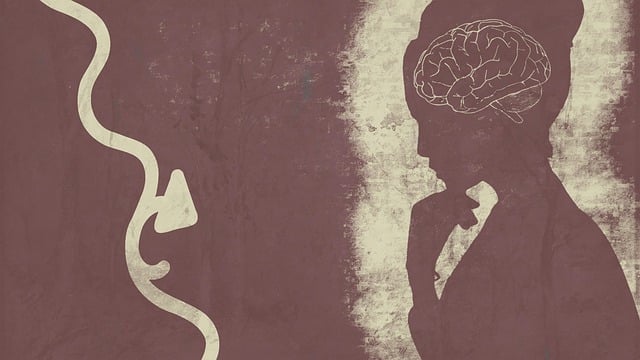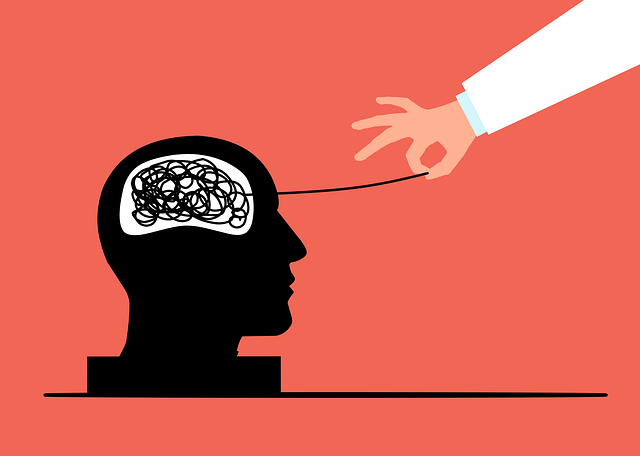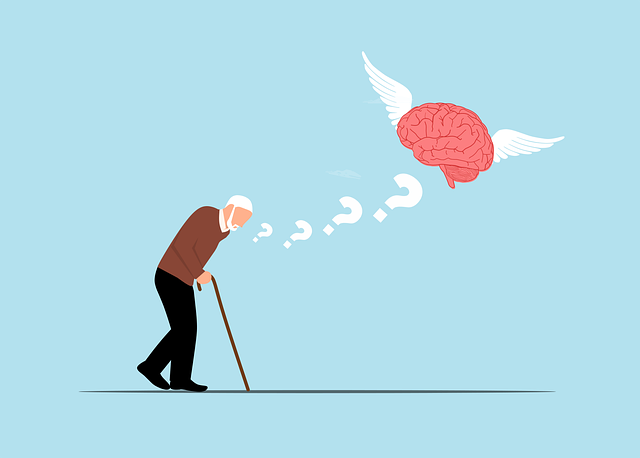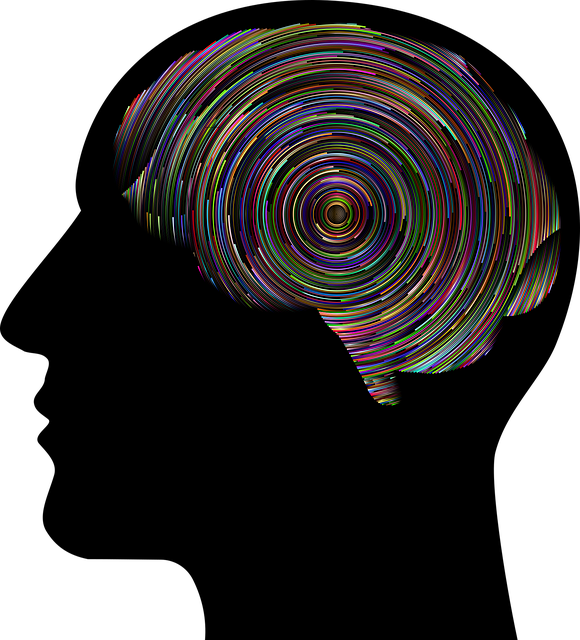A comprehensive approach to mental health care for adolescent teens involves combining self-reported surveys, clinical assessments, and therapist observations. This data reveals anxiety levels, depression symptoms, and coping mechanisms. Hypnosis, a powerful tool in therapy, aids in relaxation, focus, and positive thinking patterns, benefiting both teens and healthcare providers by preventing burnout. Mental health professionals use hypnosis to explore the subconscious, uncover barriers, and develop personalized treatment plans with enhanced outcomes. Measuring success through standardized questionnaires assesses anxiety relief over time, while mindfulness meditation promotes therapist resilience for sustainable care.
Mental health data analysis is a powerful tool in understanding and treating adolescent emotional well-being. This article explores the intricate process, from collecting and reviewing mental health data to interpreting it for personalized treatment plans. We delve into the specific application of hypnosis as a therapeutic approach for teens, examining its effectiveness through measured outcomes. By combining data analysis with innovative therapy methods like hypnosis, professionals can tailor interventions, ultimately enhancing the success of treatments for young minds.
- Understanding Mental Health Data: Collection and Overview
- The Role of Hypnosis in Adolescent Teen Therapy
- Analyzing and Interpreting Data for Personalized Treatment Plans
- Measuring Success and Outcomes: Evaluating the Effectiveness of Hypnosis
Understanding Mental Health Data: Collection and Overview

Understanding Mental Health Data begins with recognizing the diverse and complex nature of human emotions and behaviors. In the context of therapy for adolescent teens, data collection involves a multifaceted approach, including self-reported surveys, clinical assessments, and observational notes from therapists. This data offers insights into various aspects of mental wellness, such as anxiety levels, depression symptoms, and coping mechanisms. By integrating these sources, researchers can gain a comprehensive overview of an individual’s psychological state.
Effective self-care practices are integral to managing and preventing burnout prevention strategies for healthcare providers involved in mental health care. Hypnosis, for instance, has emerged as a valuable tool in both therapy sessions and self-care routines. It aids in relaxation, enhances focus, and promotes positive thinking patterns, ultimately contributing to improved mental wellness outcomes. Recognizing the importance of such innovative approaches ensures that care remains holistic and tailored to individual needs.
The Role of Hypnosis in Adolescent Teen Therapy

Hypnosis has emerged as a valuable tool in the field of adolescent therapy, offering unique benefits for teen mental health. When incorporated into treatment plans, hypnosis can help young individuals navigate and overcome various challenges they may face during their developmental years. This therapeutic technique enables teens to gain profound insights into their thoughts and behaviors, fostering self-awareness and personal growth. By inducing a state of deep relaxation, hypnosis allows adolescents to access their subconscious minds, where many emotional responses and habits originate.
In the context of therapy for adolescent teens, hypnosis can be instrumental in confidence boosting and stress management workshops organization. It aids in mood management by helping teens identify and change limiting beliefs and negative thought patterns. Through hypnotic suggestion, teenagers can learn to regulate their emotions more effectively, enhance their coping mechanisms, and develop a stronger sense of self-control. This non-invasive approach has shown promising results in treating various issues, including anxiety, depression, and trauma, thereby contributing to the overall well-being of young people.
Analyzing and Interpreting Data for Personalized Treatment Plans

Mental health professionals play a pivotal role in analyzing and interpreting data to develop personalized treatment plans for adolescent teens. By meticulously studying individual cases, they can identify patterns and trends that may be missed through conventional means. This process involves sifting through various data points, including symptoms, behaviors, and responses to previous interventions, to gain a comprehensive understanding of each teen’s unique needs. For instance, analyzing the effectiveness of therapy for adolescent teens might reveal specific coping skills development or resilience-building strategies that resonate better with certain individuals.
Hypnosis, as a therapeutic tool, can be particularly effective in this context. It allows professionals to delve deeper into an individual’s subconscious, uncovering hidden fears, beliefs, and memories that may be hindering their mental well-being. Integrating the insights gained from hypnosis data analysis enables therapists to tailor treatment plans even more precisely, focusing on empathy building strategies that address the core issues. This personalized approach enhances the likelihood of successful outcomes, ensuring that each adolescent teen receives the most suitable care for their specific challenges and goals.
Measuring Success and Outcomes: Evaluating the Effectiveness of Hypnosis

Measuring Success and Outcomes is a critical component of any therapeutic approach, particularly when considering alternative treatments like hypnosis as Therapy for Adolescent Teens. Evaluating the effectiveness of hypnosis involves assessing changes in mental health conditions, such as Anxiety Relief, over time. Researchers often use standardized questionnaires and interviews to gauge improvements in symptoms and overall well-being. These tools allow professionals to track progress and make informed decisions about treatment duration and intensity.
In the context of healthcare, burnout prevention strategies for providers are also relevant when considering outcomes assessment. By measuring the impact of hypnosis on both patients’ mental health and therapists’ well-being, it becomes possible to ensure sustainable and beneficial therapy. Mindfulness Meditation can be a valuable component in this process, helping individuals cultivate resilience and cope with stress, ultimately contributing to better treatment outcomes.
Mental health data analysis is a powerful tool in crafting effective therapy plans, especially for adolescent teens. As hypnosis emerges as a promising approach in teen therapy, precise interpretation of collected data becomes essential. By delving into the intricacies of this process, we can ensure personalized treatment that targets specific needs. Through rigorous analysis and evaluation of hypnosis’s outcomes, mental health professionals can enhance the success rates and ultimately improve the well-being of young individuals seeking therapy. This comprehensive approach, combining data understanding with innovative techniques like hypnosis, paves the way for a more effective and tailored support system for adolescent teens.









